In Myanmar, United States and United Nations aid agencies are both encouraging farmers to grow coffee instead of opium poppies, but tensions have arisen between the aid organizations, according to a Frontier Myanmar report. The piece paints a complex picture of the re-emerging coffee origin country, and of the multiple agencies taking overlapping but not necessarily complementary approaches to coffee sector development work.
To sort out the squabble, USAID, Winrock, UNODC and representatives of the German and Finnish embassies sat down on November 19, 2018 The conversation covered coffee prices, the farmers switching to Indigo Mountain and the question of whether Shan was big enough for two projects after all. The meeting was professional and courteous, several people present said, but it does not seem to have resolved the grievances that had accumulated over the previous 18 months. “There was some misunderstanding among the donors about some of the intentions,” says Curtis from USAID. “So it was mainly information sharing and clarifying the approach that people were using and trying to come to an understanding and way forward.” He adds that “a number of recommendations for coordination … were discussed but didn’t ultimately result in anything changing”.
Farmers in Brazil are so fed up with low prices that some are simply refusing to sell their coffee at all, according to a report this week by Bloomberg:
After collecting a record crop last year, growers face the prospect of another bumper harvest this season. That underscores why hedge funds are wagering on further declines. But farmers are hoarding their beans, hoping for a “miraculous” price recovery, Nelson Salvaterra, a broker at Rio de Janeiro-based Coffee New Selection, said in a telephone interview.
In the short run, the strategy may be doing more harm than good. While it’s helped to support domestic prices — the discount for Brazil’s arabica beans versus New York futures has narrowed — it’s made the nation’s commodity more expensive than supplies from competitors, Salvaterra said. That’s slowing the pace of Brazil’s exports, after a record shipment pace this season through February.
In a press release announcing its first location in South Korea, Blue Bottle Coffee shared the fun fact that over half the world’s Q Graders live there. Naturally, the company was drawn to a location it claims is in an area often described as “the Brooklyn of Seoul” — whatever nonsense that’s supposed to mean.
The industrial red brick building that Blue Bottle Korea will call home is located in the Seongsu neighborhood, often referred to as the “Brooklyn” of Seoul. The space, designed by Jo Nagasaka of Schemata Architects, displays Blue Bottle’s signature emphasis on natural light and warm minimalism. Featuring an open atrium with glass separating the first and second floors, the building offers a transparent view from street level into Blue Bottle’s roastery. Guests will descend a staircase into the intimate below-ground cafe, where classic walnut chairs and tables provide a comfortable resting place. Seongsu is situated next to the idyllic Seoul Forest, an urban green space frequented by families of all generations.
- The SCA’s Ric Rhinehart giving the plaque to Conservation International’s Bambi Semroc.
- CQI Senior Director of Technical Services Mario Fernandez delivering the a plaque to César Augusto Echeverry Castaño, founder of TECNiCAFÉ
Following its annual luncheon at the SCA Expo in Boston last month, the Coffee Quality Institute (CQI) has announced the first two 2019 Leadership Medal of Merit recipients. One is TECNiCAFÉ Director and Founder César Augusto Echeverry Castaño. The other, credited by CQI for its work in organizing the Sustainable Coffee Challenge, Washington, D.C.-based nonprofit Conservation International. From CQI:
Bambi Semroc, Conservation International’s VP Sustainable Markets and Strategy, accepted the honor on behalf of the organization. She described how Conservation International has witnessed the importance of coffee-quality improvement: In its early projects supporting coffee communities, the organization found that specialty buyers want to buy from communities where their impact will be felt, but that the coffee also must be high in quality. Bambi said they’ve found these efforts to be about helping producers “reach the right markets, the appropriate markets for the volume and the quality they’re producing, and improve that quality over time,” she said. “And in this way, we at Conservation International and the farmers we work with have benefited so much from the great work of CQI.”
Seattle startup Bottomless, which has developed an automatic re-ordering system for coffee, recently raised $1.9 million from undisclosed investors, according to a report by Geekwire:
The solution, in part, is a rechargeable scale on which users set a bag of fresh beans that they’re using to make their daily coffee. The scale is connected to WiFi (and to Bottomless) and as the bag becomes lighter, it triggers the order for more beans. Users select from numerous Seattle-area roasters — Caffe Vita, Ladro Roasting and more — who are partnering with Bottomless.
National Geographic helped fund a bit research that was published this week in the Proceedings of the National Academy of Sciences. The revelation — from the “no duh” category of revelations — is that tropical birds like trees, and the more trees, the birdier the habitat. This includes trees near coffee:
Tropical agriculture is a major driver of species loss. Researchers found that coffee farms offering some tree shade (not to be confused with coffee that is “shade grown” under a full canopy of mature trees) are still experiencing species decline and are no substitute for large swaths of protected forest. Across coffee farms and all sizes and types of forest, researchers found 61 percent more bird species’ populations declined as grew or remained steady. The sole exception to this trend was the 1,500-square mile La Amistad International Park, a transboundary area nearly the size of Rhode Island spanning Costa Rica and Panama.
Taking our coffee science from Central America to Russia, a physicist at ITMO University in Saint Petersburg got some ideas from the way his mug danced around under the brewer. This lead to the development of a new method for analyzing the electromagnetic field inside ion traps. Ion traps, of course, have applications in basic physics research as well as in controlling quantum states, including for the purpose of developing experimental quantum computers. Chemeurope had the story:
Our research, which resulted in a new technique, began with a coffee cup. I really enjoy it and often use a coffee machine at work. Annoyingly, my cup always slides on the tray during the coffee preparation. And each time it does so in different directions, which means that this not caused by the overall tilt of the machine. I have studied the literature on vibromechanics and came to the conclusion that so-called nonlinear friction is to blame. Then I realized that this phenomenon can be found in radio-frequency traps that we study. We have applied the method of complete separation of motion conventionally used in vibromechanics and suddenly found that this allows to describe previously unexplained symmetry breaking in the traps!” says Semyon Rudyi from Nonlinear Optics Laboratory at the ITMO University.
Folks headed to the World of Coffee event in Berlin next month might want to get to town a day early to attend the International Coffee Congress on Sustainability, The German Coffee Association has more on the event:
What are the current and long-term effects of the current raw coffee price crisis for coffee farmers, traders and roasters? How committed are the coffee companies and NGOs involved in promoting sustainability in the coffee sector? Does the consumer trust in sustainability organizations and labels? Does a sustainable corporate philosophy have a positive effect on coffee turnover? Can sustainability be a marketing tool? Are multiple individual sustainability projects useful, or is central coordination more effective – who bears the responsibility? – Many topical issues such as these will be addressed by the top-class speakers of the “International Coffee Congress on Sustainability”.
Howard Bryman
Howard Bryman is the associate editor of Daily Coffee News by Roast Magazine. He is based in Portland, Oregon.



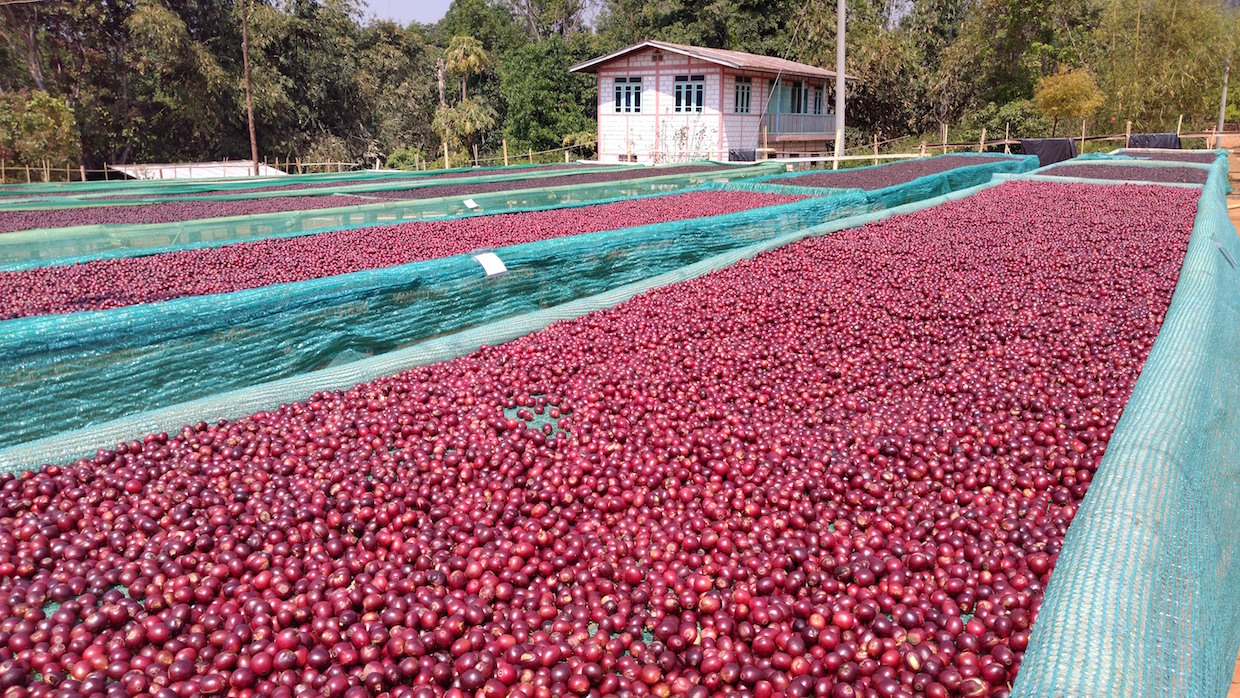
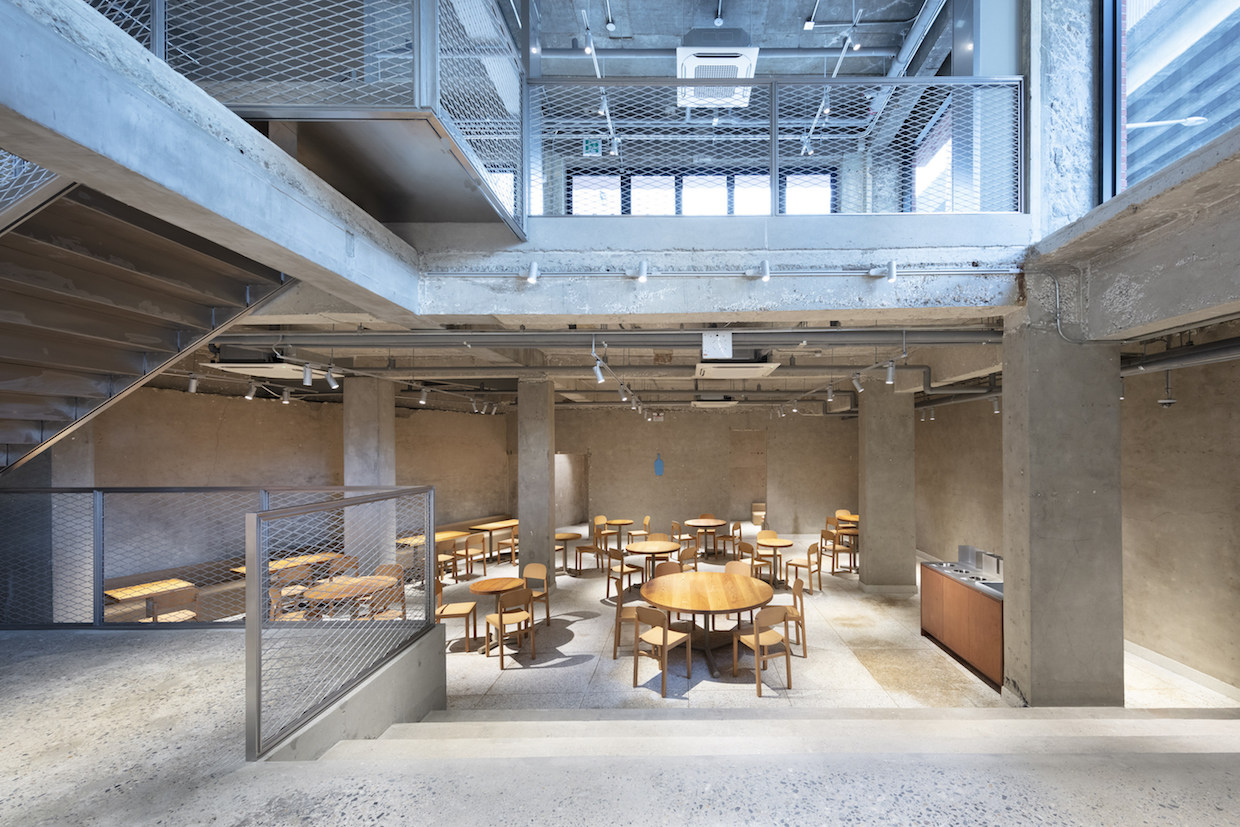
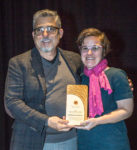
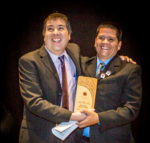
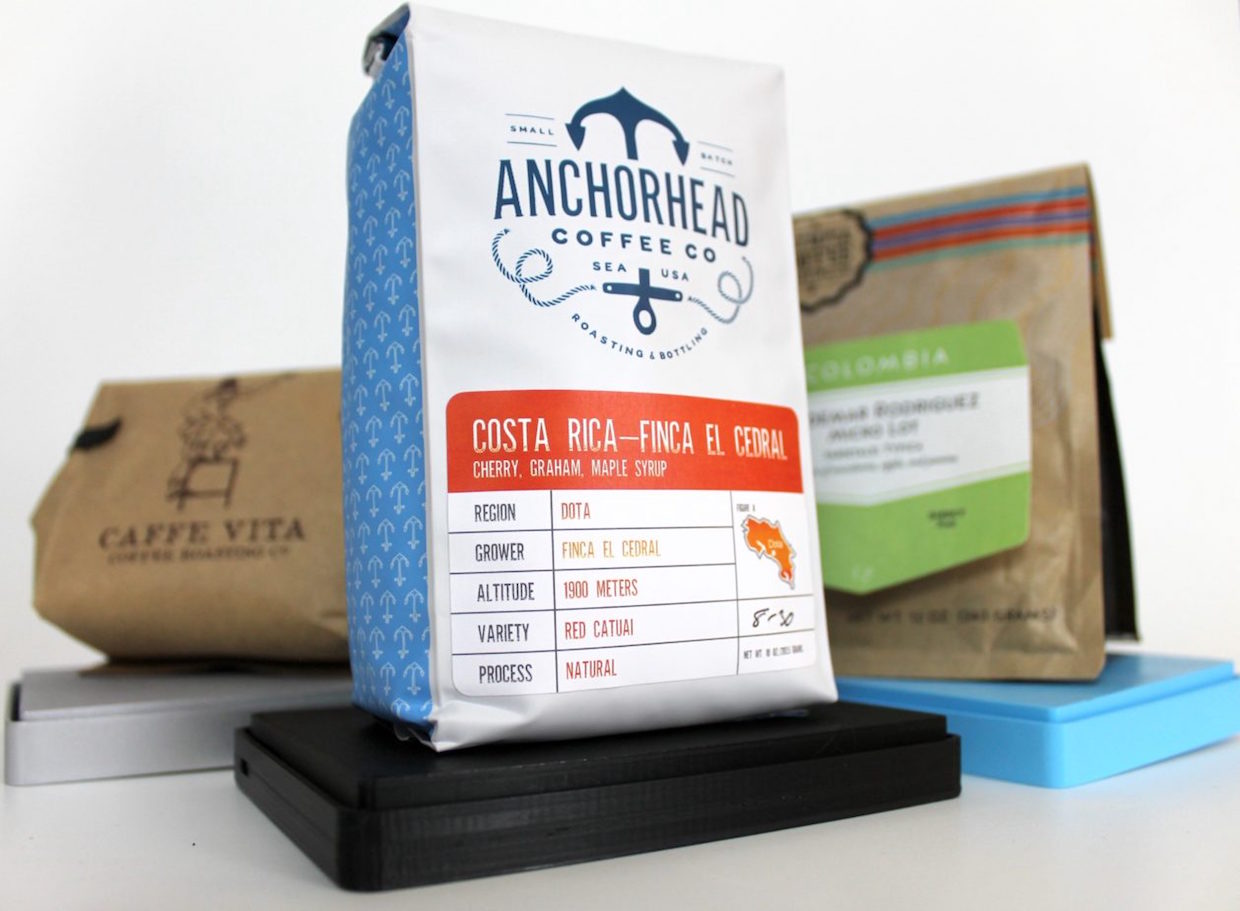
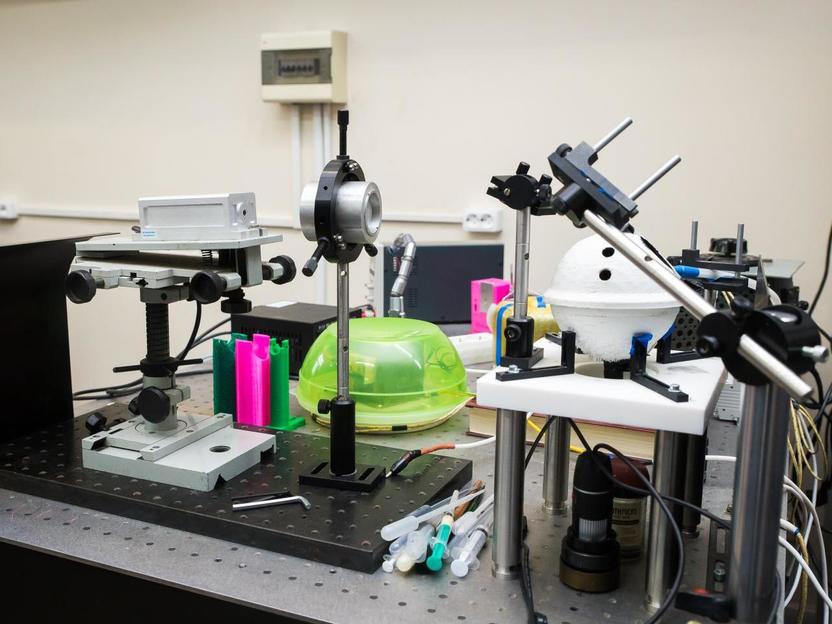




Comment